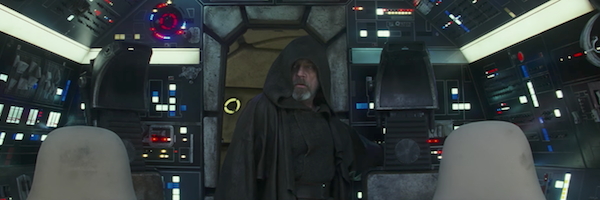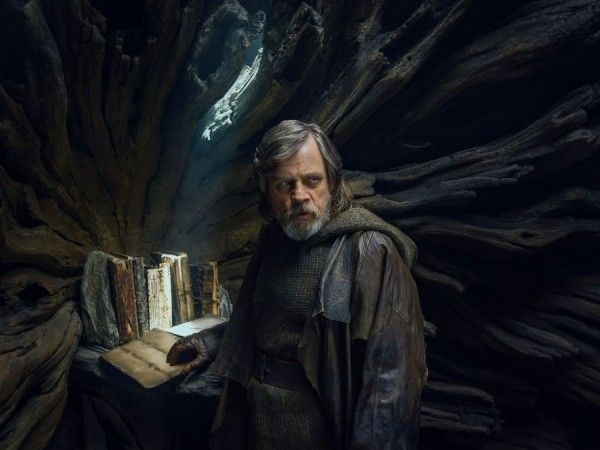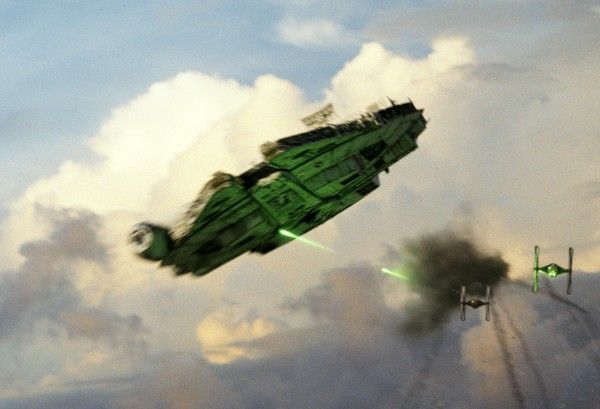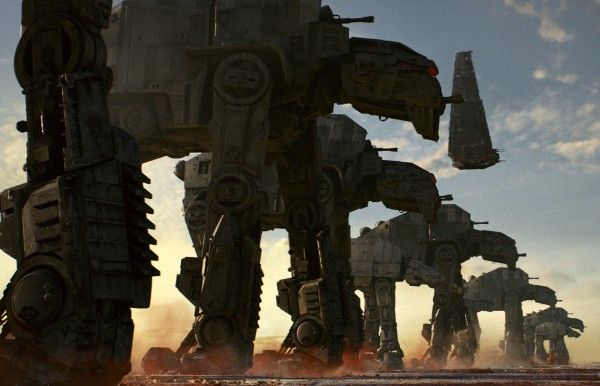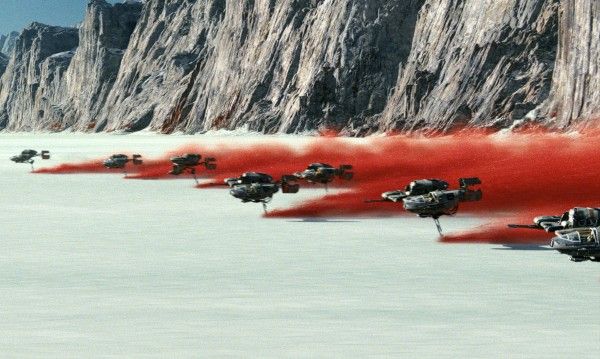Spoilers ahead for Star Wars: The Last Jedi.
Some Star Wars fans have had gripes with The Last Jedi in that writer-director Rian Johnson seemingly introduced “new” Force powers. On the surface, I can see the issue—if the Force is able to do literally anything, then it removes the stakes for characters who are Force-sensitive. Nothing can stop them, and it raises questions about why they didn’t do X or Y when previous characters demonstrated that was a possibility. However, I would counter that the new Force powers we see in The Last Jedi are simply building upon what we’ve seen in previous movies.
This is all setting aside that the Force is made up and can be whatever the writer wants it to be. It’s not like saying “Actually, gravity lets you hit a tree with lightning from beyond the grave.” It’s a mystical power, and it does seem to be a goldilocks scenario for fans where The Phantom Menace removed all mysticism from the Force by claiming that the Force was simply from microscopic organisms called “midichlorians” that existed inside the cells of all living things. Detractors could argue that The Last Jedi swings too far in the other direction with Luke’s claim that the Force is what exists between all things.
Either way, what we see in The Last Jedi was in some way established in earlier Star Wars movies, specifically, the scene in The Empire Strikes Back where Luke, clinging to life and an antenna on Bespin, calls out to Leia to save him. I don’t know if anyone in 1980 was like, “That’s not how the Force works!” but we’ve come to accept it as a perfectly normal part of canon. If a Force-sensitive person is in grave danger, they can reach out and find a way to survive through the Force.
So why is it such a stretch that Leia, on the verge of death after being blasted out of the command center and into space (but still inside the shield) could claw her way back to safety? It may be more than what Luke did in Empire, but it’s still the same premise. Also, it’s not like she just whisked herself back on board and was totally fine. She was still clinging to life, so it was a close call. It was more of a last-minute save than invulnerability, similar to what happened to Luke on Bespin.
Another point where fans have taken issue is that Luke was able to project his form across the cosmos. But again, the baseline of this has already been established in an earlier movie. While no one projected their full form, we’ve seen that the Force allows people to communicate not only over distances, but also beyond death. So why is it such a stretch that Luke can project his entire form rather than just his voice, especially if he’s a Jedi master? Furthermore, he projected himself for a specific purpose—to buy time for the Resistance. It’s not a technique that would constantly be of use to other Jedi, and as we see, it’s incredibly draining to the point where it basically kills Luke back on Ahch-To.
To say that the Force can only ever be the same actions we saw in the original trilogy seems short-sighted and slightly pedantic. It would be like saying, “lightsabers can only be these colors” or “lightspeed can only work in these circumstances.” Star Wars has always been inside the realm of space fantasy, not science fiction, and while it’s understandable to impose rules so that characters aren’t all powerful, The Last Jedi never breaks those rules. Instead, it builds upon what earlier movies did and makes for a richer experience.
For more on Star Wars: The Last Jedi, click on the links below:
- How ‘Star Wars: The Last Jedi’ Improves upon the Prequels
- Weekend Box Office: ‘The Last Jedi’ Passes $1 Billion Globally
- Mark Hamill Clarifies His Public Criticism of Luke Skywalker in ‘Star Wars: The Last Jedi’
- ‘The Last Jedi’ VFX Supervisor Ben Morris on the Throne Room, Kyber Crystals and More
- Listen to Rian Johnson and Spike Jonze Talk ‘The Last Jedi’ for 20 Minutes

